Another Atlantic hurricane season has come to an end on November 30, so it’s time to review the most remarkable tropical storms of this season. To put it briefly, the season had seven hurricanes, including three major hurricanes. Hurricane Lee was the strongest and deadliest one whereas Hurricane Idalia was the costliest one. In total, the season brought 20 storms resulting in 15 deaths and over $3 million financial damage.
Before we start reviewing the hurricanes, let us remind you of how hurricanes form and how they reach their destructive power.
How Does a Hurricane Form?
To learn how these powerful storms form in the Atlantic hurricane season, we need to know the key ingredients that make them happen.
- Warm ocean water. Hurricanes thrive on warm water temperatures, typically above 80°F (27°C). This warm water provides the energy needed to fuel the storm, allowing it to intensify and grow in strength.
- Moist air. As warm air rises from the ocean surface, it carries moisture from the evaporating seawater. This humid air then condenses and forms clouds, releasing heat energy into the atmosphere. The release of this heat energy further fuels the growth and rapid intensification of the tropical storm.
- Calm upper level. Strong wind shear can disrupt or even prevent hurricane formation by tearing apart developing storms. However, when there is little wind shear, it allows for vertical development within the storm system. As a result, hurricanes can organize and strengthen as they draw more energy from the warm ocean waters below.
Major Hurricanes in 2023
Now let’s proceed with the overview of the 2023 Atlantic hurricane season. We’ll start with the three major hurricanes whose strength reached Category 3 and higher.
Hurricane Lee
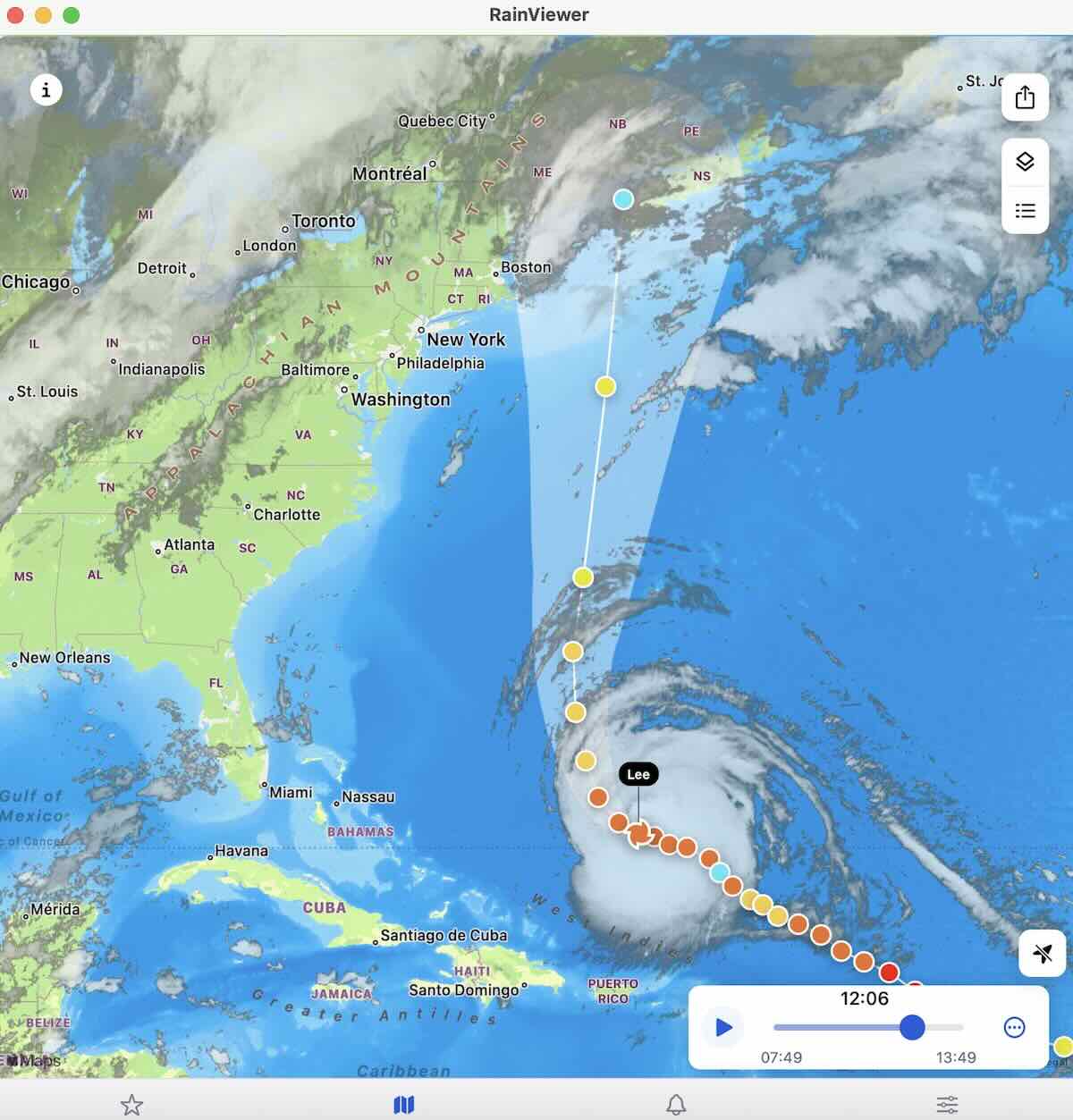 Source: RainViewer
Source: RainViewer
Lee was the strongest hurricane 2023 over the Atlantic. It formed on September 5 from a tropical wave that left West Africa and moved into the warm Atlantic Ocean. It had very good conditions to grow stronger, and it quickly reached Category 5 status on September 7. Its wind speeds jumped by 85 mph (140 km/h) in one day. As a result, Lee became the third-fastest growing storm in the Atlantic, after Wilma in 2005 and Felix in 2007.
The storm impacted the Northeast US, Bermuda, and Eastern Canada with strong winds and rain. By September 13, it changed direction and speed as it went around a large high-pressure area in the middle of the Atlantic. Hurricane Lee also began to lose strength as it met more wind shear and cooler waters, and it turned into an extratropical cyclone. The cyclone hit Nova Scotia, New Brunswick, Prince Edward Island, and Newfoundland and Labrador, before moving into the far north Atlantic. Lee also affected parts of the UK and Ireland with rain and wind when it was extratropical.
Lee caused dangerous waves and currents along the entire US Atlantic coast. The winds, which sometimes reached hurricane force, knocked out power in Maine, USA, and New Brunswick and Nova Scotia, Canada. Lee killed three people and caused $50 million damage.
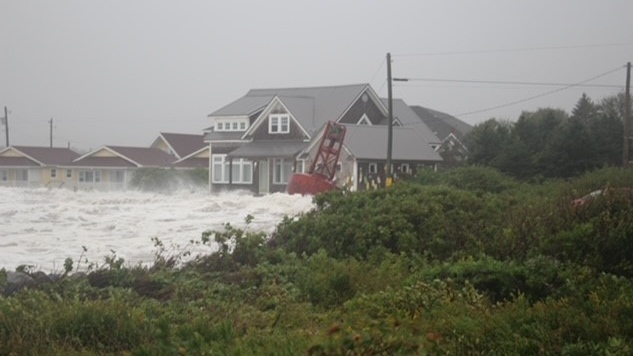 Source: Dr. Neeloo Bhatti
Source: Dr. Neeloo Bhatti
Hurricane Franklin
Franklin, a powerful and unpredictable hurricane, had a prolonged impact, unleashing strong winds across the Greater Antilles and Bermuda during the 2023 season. Franklin initially struck Hispaniola as a tropical storm before intensifying into a formidable Category 4 hurricane a few days later. The hurricane’s expansive wind field extended to Bermuda, causing tropical storm-force winds. Eventually, it transitioned into an extratropical system, accelerating into the northern Atlantic.
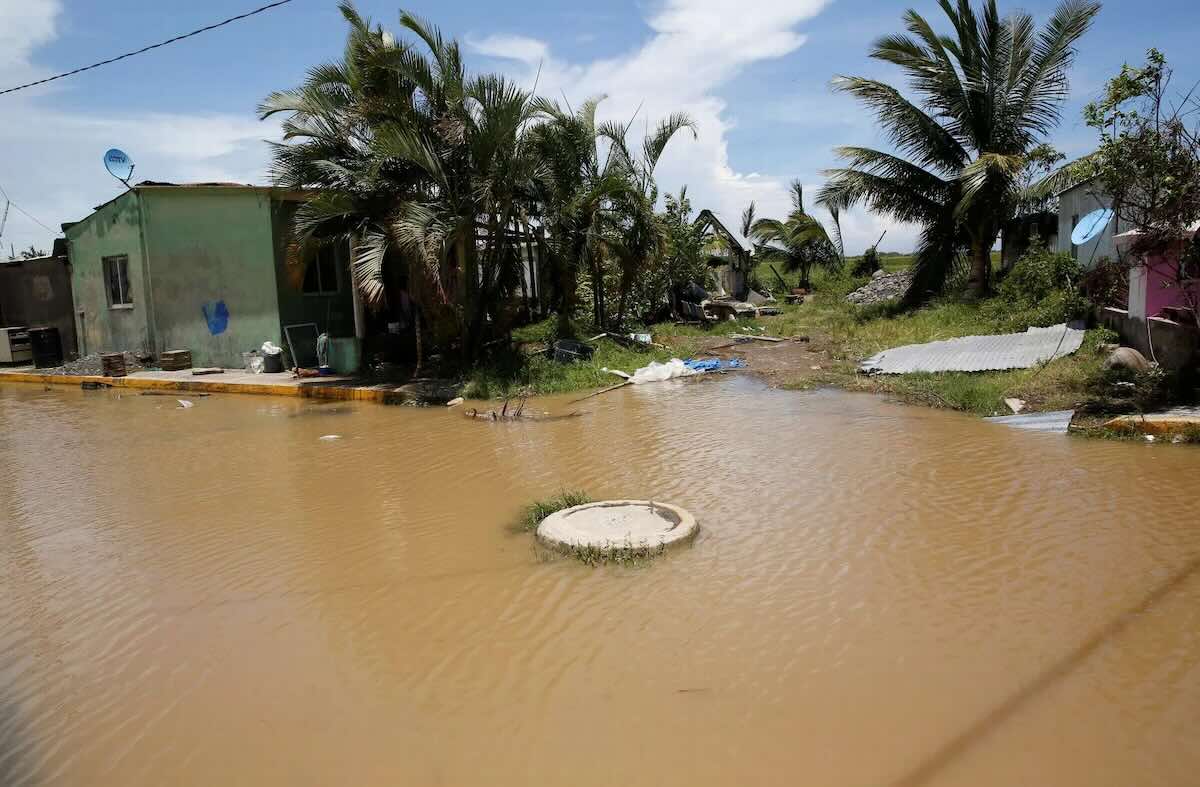 Source: Reuters
Source: Reuters
The consequences of Franklin were substantial, manifesting in heavy rainfall and powerful winds that inflicted damage on buildings, residences, and utility poles. In the Dominican Republic, two individuals lost their lives, and one person remained missing. Approximately 350 people were forced to evacuate, with over 500 houses and 2,500 roads sustaining damage or destruction. Certain areas in the Dominican Republic experienced isolation, leaving nearly 350,000 homes without power and 1.6 million homes without access to clean water.
Hurricane Idalia
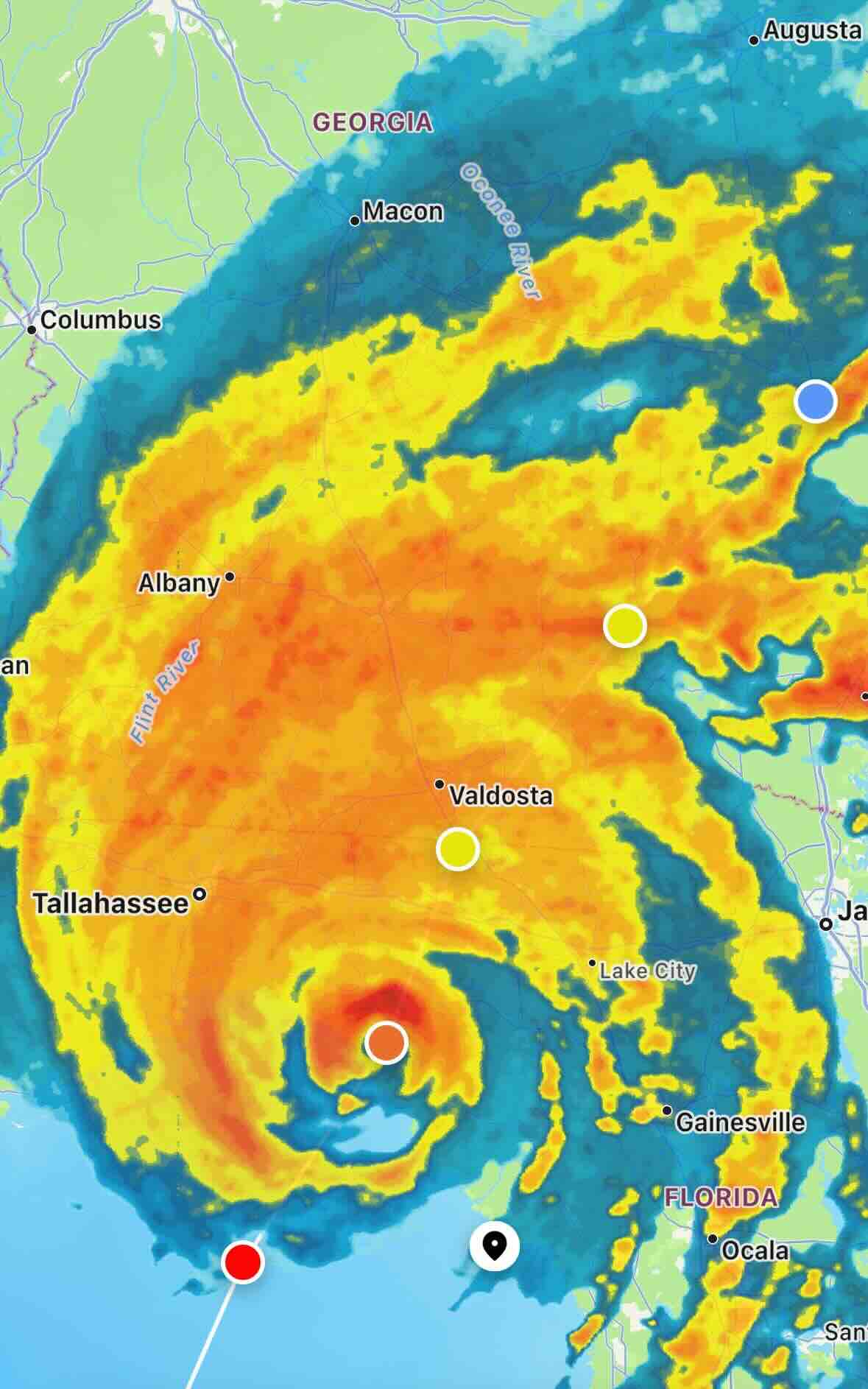 Source: RainViewer
Source: RainViewer
In late August 2023, Hurricane Idalia, a ferocious Category 4 storm, unleashed its fury upon the southeastern United States, particularly North Florida. Idalia started from a low-pressure area that moved from the eastern Pacific to Central America. It slowly became stronger as it stayed in the western Caribbean Sea. On August 26, 2023, it intensified into a tropical depression, followed by a transformation into a tropical storm the next day.
As Idalia traversed the Gulf of Mexico, it underwent rapid intensification. For a short time, it got Category 4 status before making landfall in Florida’s Big Bend region on August 30 as a Category 3 hurricane. Maintaining hurricane strength, Idalia swept through Northern Florida and Southeast Georgia before weakening to a tropical storm upon reaching the Carolinas. On August 31, Idalia ventured back into the Atlantic, morphing into a post tropical cyclone the same day. It then veered south of Bermuda, executed a loop, and lingered near Nova Scotia’s coast, gradually dissipating.
Idalia left a trail of destruction, impacting countless homes, businesses, and infrastructure. It generated a record-breaking storm surge from the Big Bend area to Tampa Bay and spawned approximately 12 tornadoes.
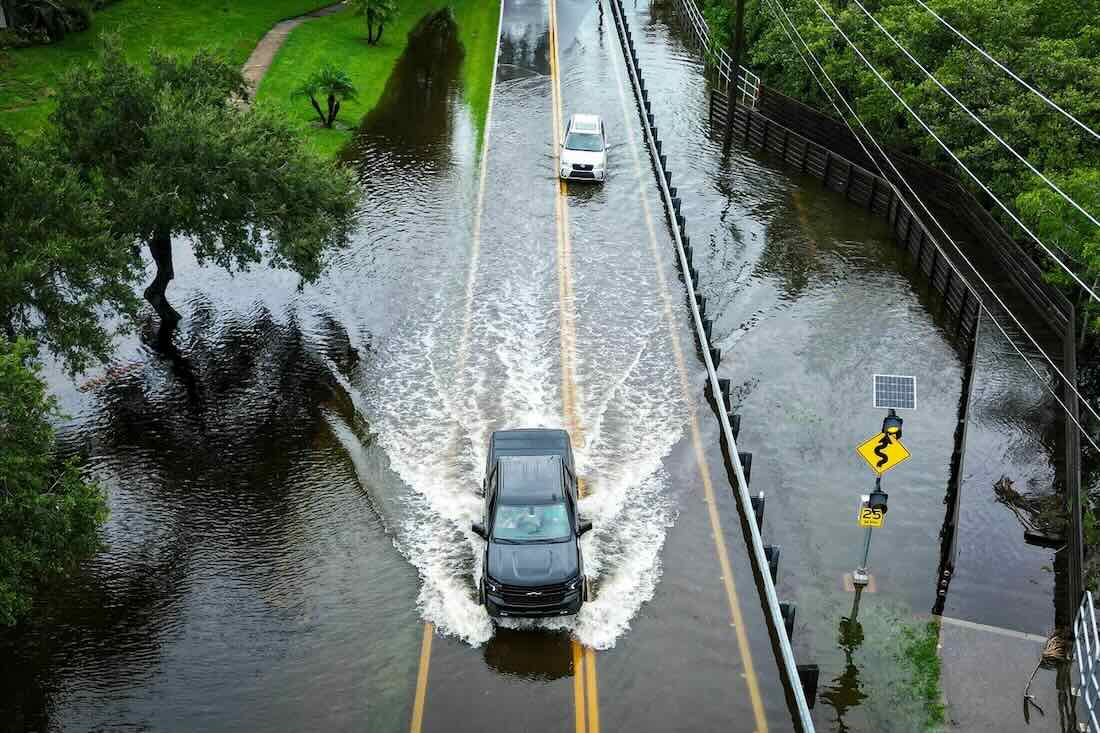 Source: Miguel J. Rodriguez Carrillo/Getty Images, NPR.org
Source: Miguel J. Rodriguez Carrillo/Getty Images, NPR.org
Notably, Idalia became the most powerful hurricane to strike Florida’s Big Bend region since the 1896 Cedar Keys hurricane. The storm tragically claimed four lives across the affected states, while early estimates placed losses between $2.2 and $5 billion. Additionally, Idalia’s remnants unleashed hazardous currents along the East Coast during Labor Day Weekend, leading to further casualties and numerous rescue operations.
2023 Atlantic Hurricane Season: Minor Storms
The recent Atlantic hurricane season also included tropical storms of Category 2 and lower, among which are:
Hurricane Tammy
Hurricane Tammy was a tough tropical cyclone that lasted for a long time in the Atlantic Ocean in October 2023. It caused damage in the Leeward Islands and Bermuda as it moved through the ocean. Here’s how Tammy looked on RainViewer’s animated radar and satellite map.
Tammy came from a tropical wave that left West Africa late in the season and became a tropical storm on October 18th. It was a surprise when it intensified into a hurricane in the tropical Atlantic by October 20th. This intensification was unusual for October, as conditions typically become less favorable for such storms. Fueled by unusually warm waters, the hurricane further strengthened and made landfall in Barbuda the following day.
Tammy’s journey continued with a slow northwestern trajectory, maintaining its intensity near the Leeward Islands for several days. On October 25th, the approaching influence of a trough caused the system to accelerate northeastward. Tammy was a Category 2 hurricane with winds of 105 mph (165 km/h) at its strongest point, but it did not last long. The same trough that made it move faster also made it change into an extratropical cyclone that night. The extratropical phase was complete by the next day.
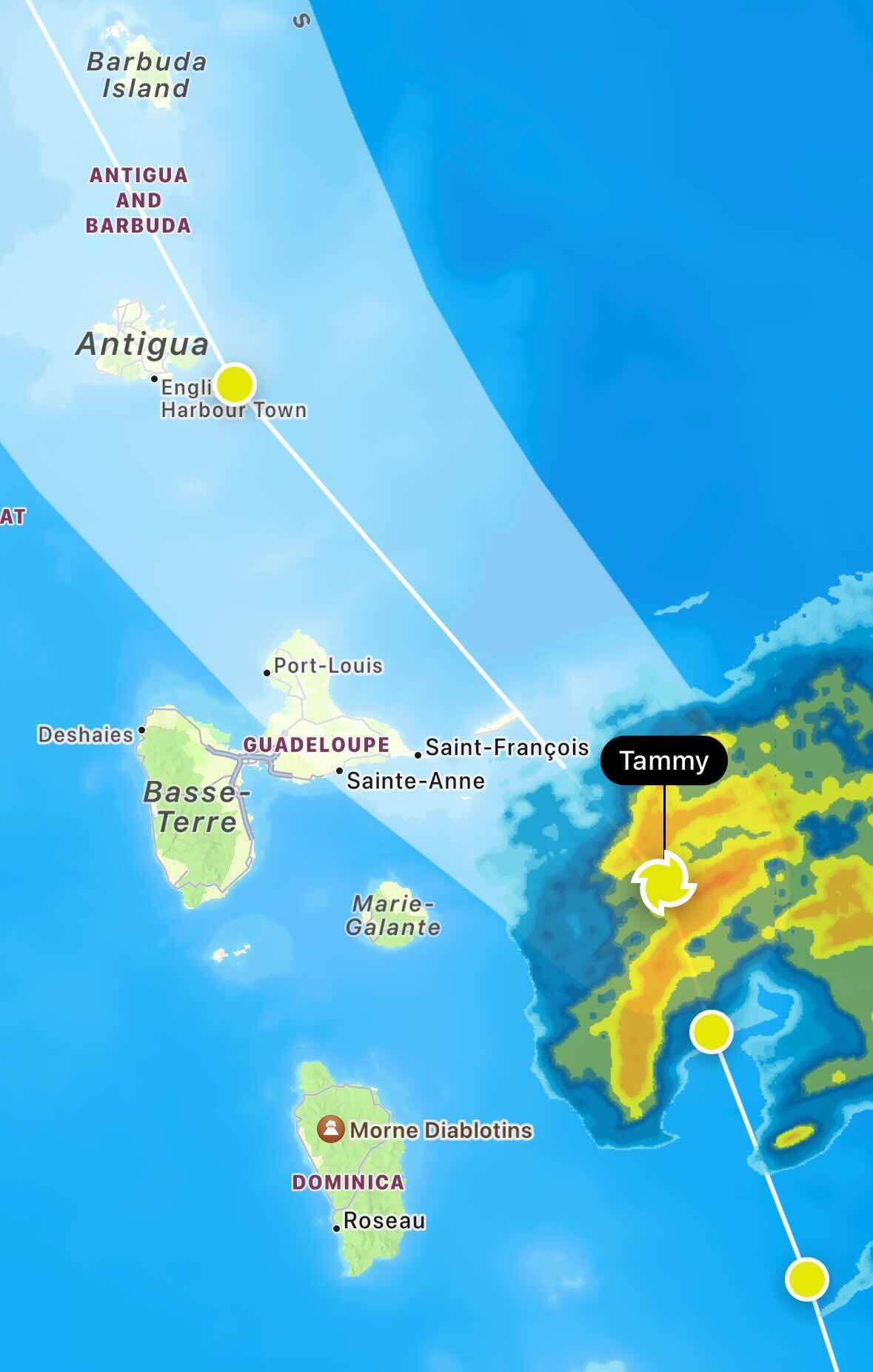 Source: RainViewer
Source: RainViewer
In a peculiar twist, Tammy briefly regained its tropical identity on October 27th, moving eastward away from Bermuda. However, its weakened state persisted, eventually leading to its transition into a post tropical cyclone on October 29th and dissipation the next day.
The storm inflicted damage in Guadeloupe, particularly in La Désirade, and Barbuda. Antigua experienced minimal damage, but both islands faced power outages. Rainfall in the Leeward Islands ranged between 4 and 8 inches (100 and 200 mm), causing water levels to rise. Bermuda escaped with minor damage, with wind gusts reaching 40 mph (65 km/h) as Tammy passed nearby to the east. Notably, Tammy was the second storm to impact the Leeward Islands in October, following Philippe approximately two weeks earlier.
Hurricane Nigel
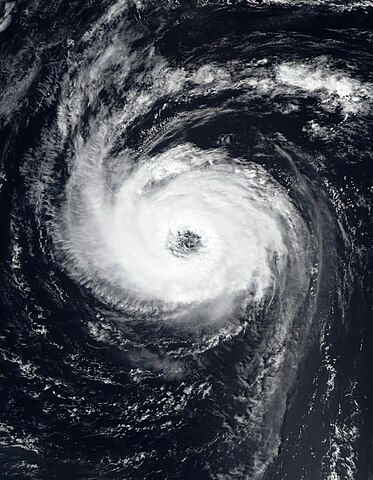 Source: NOAA satellite
Source: NOAA satellite
Nigel was a tropical cyclone that lasted for a week in the Atlantic Ocean in September 2023. It caused some rain and wind in the Leeward Islands and Bermuda. Nigel started from a tropical wave that came from West Africa and became a tropical storm on October 18. By October 20, Nigel was a hurricane in the tropical Atlantic. This is not common for October, because the conditions are typically bad for such storms by then. The storm got stronger because of very warm water and hit Barbuda the next day.
After that, the storm moved slowly northwest near the Leeward Islands, keeping the same strength for several days. On October 25, the system started to move faster northeast because of a trough that was coming. Nigel got stronger and reached its highest point as a Category 2 hurricane with winds of 105 mph (165 km/h). The peak did not last long as the same trough made it change into an extratropical cyclone that night, which it finished by the next day. Nigel became a post-tropical cyclone on October 29, and went away on October 30.
Hurricane Don
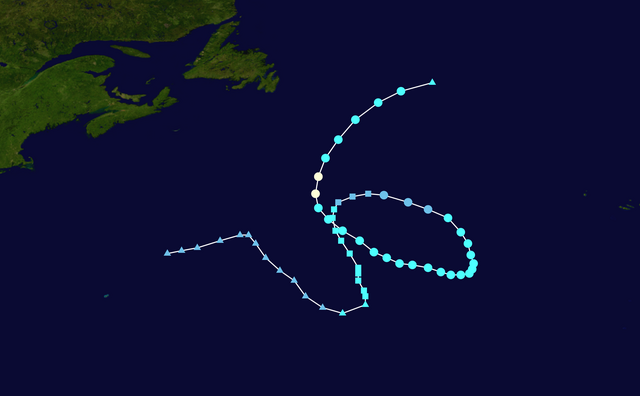 Source: Wikipedia
Source: Wikipedia
In July 2023, a weather disturbance formed over the central Atlantic, eventually developing into a storm named Don. This storm brought rain and wind to Bermuda, marking the fourth named storm and the first hurricane of the 2023 Atlantic hurricane season. Initially, Don appeared as a weak low-pressure system east-northeast of Bermuda. On July 14, it exhibited a distinct center and sustained thunderstorms, prompting the National Hurricane Center to classify it as Subtropical Storm Don.
Over the following days, Don’s strength fluctuated, transitioning between a subtropical storm and a subtropical depression. On July 17, while caught in a loop due to a northward high-pressure area, the system regained its tropical characteristics, this time as Tropical Storm Don. Fueled by the warm waters of the Gulf Stream, Don rapidly intensified, reaching hurricane status on July 22.
However, Don’s strength was short-lived. As it moved over cooler waters north of the Gulf Stream, its structure deteriorated rapidly. The combination of cold waters and wind shear further weakened the storm, leading to its downgrade to a post-tropical cyclone on July 24.
2023 Atlantic Hurricane Season: Off-Season Storm
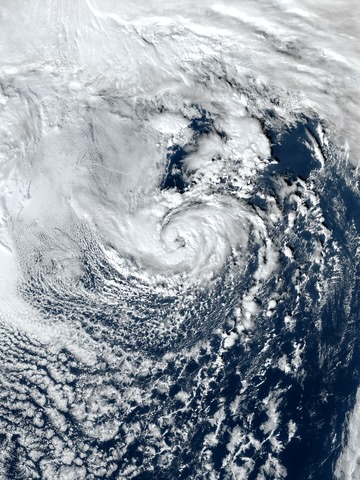 Source: NOAA satellite
Source: NOAA satellite
One of the 2023 storms took place beyond the official Atlantic hurricane season. Known as the Unnamed Subtropical Storm, it occurred on January 16-17.
The National Hurricane Center observed a low-pressure area accompanied by thunderstorms near its center, located approximately 300 miles (480 km) north of Bermuda on January 16. Initially, the NHC indicated that the low was not expected to develop into a tropical or subtropical cyclone.
Contrary to expectations, the low intensified into a subtropical storm on January 16, located about 345 miles (555 km) southeast of Nantucket, Massachusetts. At its formation, it had wind speeds of 60 mph (95 km/h), which increased to 70 mph (110 km/h) early on January 17. The storm made landfall at Louisbourg, Nova Scotia, weakened into a post-tropical low, and eventually dissipated over far eastern Quebec the following day.
Fortunately, no reports of damage were received, likely because the storm’s strongest winds remained over the water. The subtropical storm was part of a larger storm system that brought heavy snowfall to coastal New England. In Nova Scotia, the storm generated wind gusts of nearly 68 mph (110 km/h) on Sable Island.
2023 Atlantic Hurricane Season: Summary
The table below summarizes all tropical cyclones and hurricanes that took place over the Atlantic during the 2023 season.
| Name | Dates | Max.Category |
|---|---|---|
| Arlene | June 1-3 | Tropical storm |
| Bret | June 19-24 | Tropical storm |
| Cindy | June 22–26 | Tropical storm |
| Don | July 14–24 | Cat.1 hurricane |
| Gert | Aug 19 – Sep 4 | Tropical storm |
| Emily | August 20–21 | Tropical storm |
| Franklin | Aug 20 – Sep 1 | Cat.4 hurricane |
| Harold | Aug 21-23 | Tropical storm |
| Idalia | Aug 26-31 | Cat.4 hurricane |
| Jose | Aug 29-Sep 2 | Tropical storm |
| Katia | Sep 1–4 | Tropical storm |
| Lee | Sep 5–16 | Cat. 5 hurricane |
| Margot | Sep 7–17 | Cat.1 hurricane |
| Nigel | Sep 15–22 | Cat 2. hurricane |
| Ophelia | Sep 22–24 | Tropical storm |
| Philippe | Sep 23 – Oct 6 | Tropical storm |
| Rina | Sep 28 – Oct 2 | Tropical storm |
| Sean | Oct 11–16 | Tropical storm |
| Tammy | Oct 18–29 | Cat 2. hurricane |
| Twenty-One | Oct 23–24 | Tropical depression |






